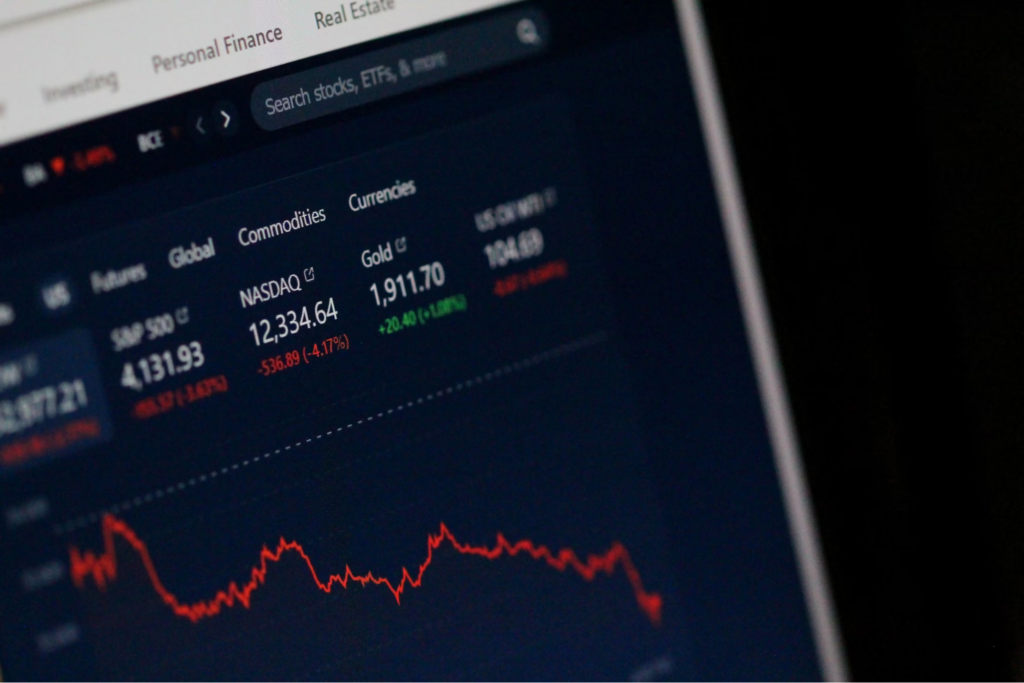The Federal Reserve recently made a significant move by lowering its benchmark interest rate for the first time in over four years. The new target range is between 4.75% and 5.00%, marking a notable half-point cut. This decision, while big news, wasn’t a complete game surprise as markets had already been expecting it for a while.
Markets tend to anticipate major economic changes, and this was no different. In fact, many asset prices had already adjusted before the official announcement, as markets priced in the expected rate cut. This is a common behavior in financial markets—they often reflect expectations long before events actually happen.
For instance, some traders might take a bearish stance in anticipation of market drops, which can include strategies like shorting stocks. Understanding what does it mean to short a stock helps explain how traders can potentially profit from declining asset prices.
For example, in July, small-cap stocks had their best single month of performance in 20 years, largely in anticipation of the rate cut. Similarly, the 30-year mortgage rate fell from 7% in July to 6.2%, while the yield on 10-year Treasury bonds dropped from 4.4% to around 3.7%. This shows how markets had already responded to the likelihood of a rate cut well before it was made official.
What Does This Mean for Investors?
For long-term investors, short-term changes like this rate cut may not be as critical as they seem. While it’s true that rising or falling interest rates can have a significant impact on markets, it’s important to remember that the overall impact may be less noticeable over a longer investment period. For those focused on investments over several years, these kinds of moves can often be seen as short-term noise.

Historical data supports this view. According to market research, stocks tend to perform well in the 12 months following a rate cut. Since the mid-1970s, stock markets have been positive 80% of the time after the first rate reduction, with an average gain of about 15%. This suggests that rate cuts, in general, can be followed by strong stock market performance.
The Impact of Recessions
However, this isn’t always the case. The situation can change significantly if a recession occurs after a rate cut. In such cases, the stock market’s performance has historically been much weaker. Data shows that when a recession follows a rate cut, stocks are only positive 33% of the time a year later, with an average return of -8%. In other words, recessions can significantly reduce the benefits of a rate cut for stock investors.
But what happens if there’s no recession? The data tells a different story. When no recession occurs after a rate cut, stocks have historically posted gains in every instance, with an average return of 22% over the following 12 months. So, whether or not a recession occurs can make a huge difference in how markets respond to a rate cut.
What’s the Likely Outcome?
The likelihood of a recession following this rate cut is still a topic of debate. On the one hand, there are signs of economic stress, particularly among lower-income consumers who are feeling the pressure of rising costs. Certain companies that serve price-sensitive consumers have raised concerns about the financial strain on these customers, which could be an early sign of economic weakness.

On the other hand, many of the world’s largest and most successful companies are currently investing at record levels. Much of this investment is driven by expectations of future productivity gains from new technologies like artificial intelligence. These investment levels suggest that the business outlook may not be as bleak as some recession forecasts indicate.
Conclusion
Rather than trying to predict the exact future of the economy, it can be helpful to focus on a long-term approach to investing. Extending your investment time horizon generally increases the likelihood of positive returns. While short-term market movements can feel significant, taking a broader view often helps investors weather the ups and downs of the market more effectively.
